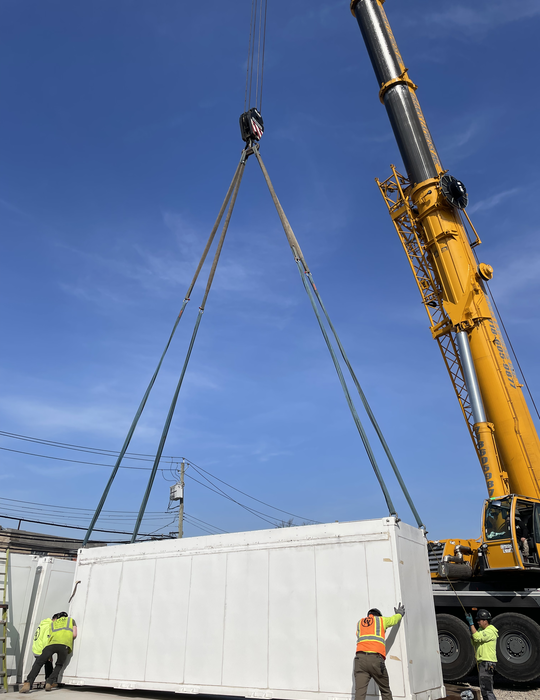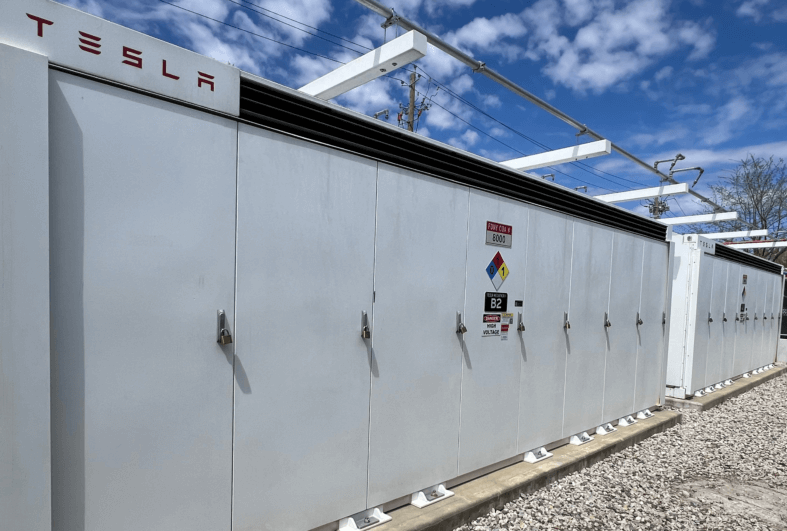Batteries are better for the grid
Battery sites store energy when it’s plentiful and clean, and discharge it back to the grid at times of peak demand, such as on hot summer days — similar to a peaker plant, only with much lower emissions. Battery storage sites allow the grid to incorporate the intermittent renewable energy that is coming online to New York’s electricity supply. In addition, NineDot’s energy storage projects reduce local and system peak load usage and help avoid grid outages. There are so many benefits to New York from deploying battery storage — and that’s why New York State, City and surrounding communities are working hard to support the development of these projects.


Batteries will help retire dirty "peaker" plants
Fossil-fuel based “peaker” plants are the dirtiest sources of urban energy, and though they don’t run frequently, they often account for large proportions of greenhouse gas emissions and health problems in surrounding communities. In New York, peaker plants are disproportionately located near low-income communities.

New York's clean energy goals depend on battery storage
The Climate Leadership and Community Protection Act (Climate Act or CLCPA), passed by New York State in 2019, established some of the most aggressive energy and climate goals nationwide, including 1,500 MW of energy storage by 2025 and 3,000 MW by 2030 (on the path to developing a nation-leading 6000 megawatts of energy storage). Batteries can store excess wind, solar and hydro power when it’s made, and release that stored energy when there’s excess demand, bolstering the resilience and efficacy of New York’s grid, which is projected to rely on 70% renewable energy by 2030 and achieve 100% carbon-free electricity by 2040. Moreover, energy storage plays a pivotal role in stabilizing supply during peak electric demand and sustaining critical systems during outages.
Starting in 2024, Local Law 97 sets limits on the allowable greenhouse gas emissions of covered buildings to help New York City reach the goal of a 40% reduction in greenhouse gas emissions from buildings by the year 2030, and an 80% reduction in citywide emissions by 2050. By subscribing to NineDot’s battery projects, building owners can earn credits to use against their energy bills while also reducing their fines owed as the battery system’s CO2 reductions act as an offset.

